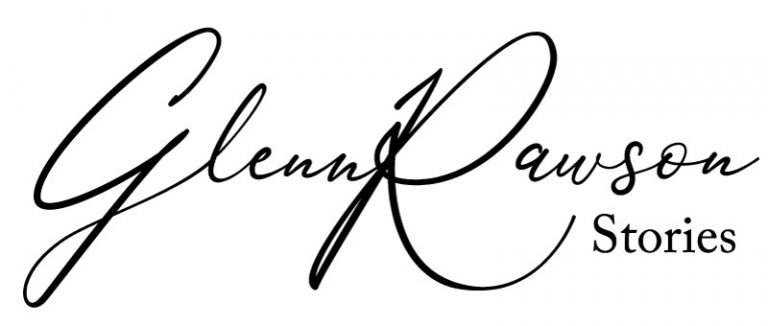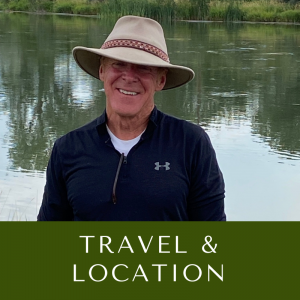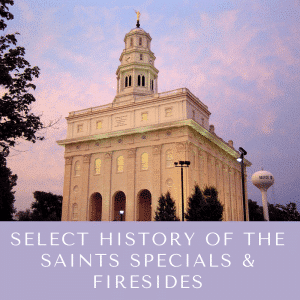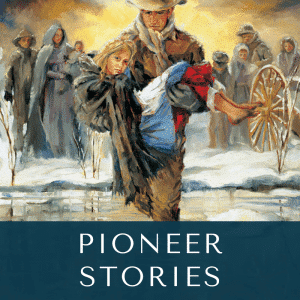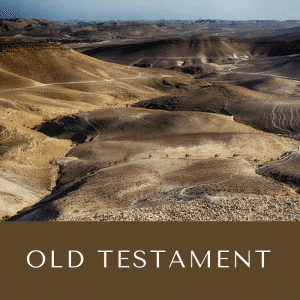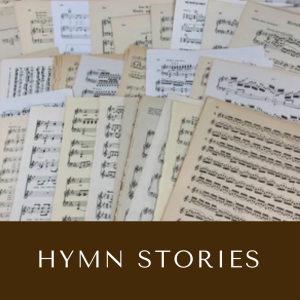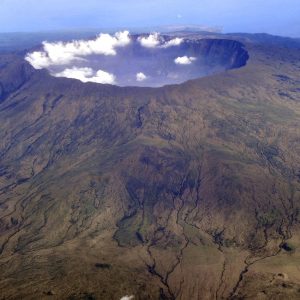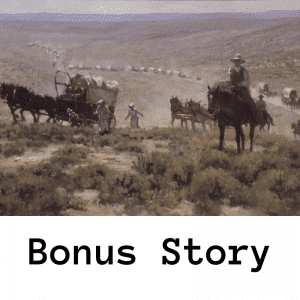Description
The Willie Handcart Company
Ezra Taft Benson once said, “Just as a man does not really desire food until he is hungry, so he does not desire the salvation of Christ until he knows why he needs Christ.” (Ensign April 1987)
Tuesday, October 21, 1856. The members of the Willie Handcart Company were camped, in the deep snow, at the Sixth Crossing of the Sweetwater in Wyoming, where they had been for two days, without food. They had journeyed all the way from Iowa City, Iowa, nearly a thousand miles, pulling their handcarts. The last weeks of that journey had been against a deepening cold, ever reducing rations, and inadequate clothing. Now, literally, they were at their very end. They could go no further and were still 300 miles from civilization.
One of them, William Woodward would later record: “It was a sorry sight, over 400 people with handcarts, short of bedding, and to sleep on the cold ground. One thought is enough for a lifetime.”
John Chislett would describe the awful suffering thus: “It was enough to make the heavens weep. The recollection of it unmans me even now….Such craving hunger I never saw before, and may God in his mercy spare me the sight again.” Nine people had died in the camp the day before, and four more over the next two days.
Then, just at sunset, the sound of wagons reached the camp. It was the rescuers from the Valley, sent by President Brigham Young. As they rode into camp, those who were able struggled out of their beds to meet them. One of those rescuers, Harvey Cluff said, “Arriving within the confines of this emigrant camp, a most thrilling and touching scene was enacted, melting to tears the stoutest hearts. Young maidens and feeble old ladies threw off all restraint and freely embraced their deliverers, expressing in a flow of kisses, the gratitude which their tongues failed to utter.”
News spread throughout the camp like wildfire and more turned out to greet them. “Shouts of joy rent the air,” said John Chislett, and “strong men wept till tears ran freely down their furrowed and sunburnt cheeks.”
Seven year-old Mary Hurren recalled, “As soon as the people could control their feelings, they all knelt down in the snow and gave thanks to God for his kindness and goodness unto them….They came just in time to save our lives.”
The gratitude felt and expressed for those rescuers who made every effort going forward to minister to the relief of the sufferers was profound. “May God ever bless them for their generous, unselfish kindness and manly fortitude,” said John Chislett. “The afflicted,” said President Gordon B. Hinckley, “danced on frozen limbs with gladness for those who had come to rescue them.”
This rescue represents one of the greatest moments in Mormon history—it was one of our finest hours as a people, and there was so much more than what I’ve shared. Thank the Almighty that it happened and that is has been preserved as a part of our heritage. Now just a thought: imagine, if those handcart pioneers were that grateful for those who, for the moment, relieved their suffering and extended their mortality…imagine how deep and profound will be the gratitude we feel, when our eyes are opened, for a Savior who has given us life and joy here and hereafter. Surely there will be no limit to the tears we will shed and the gratitude we will know.
